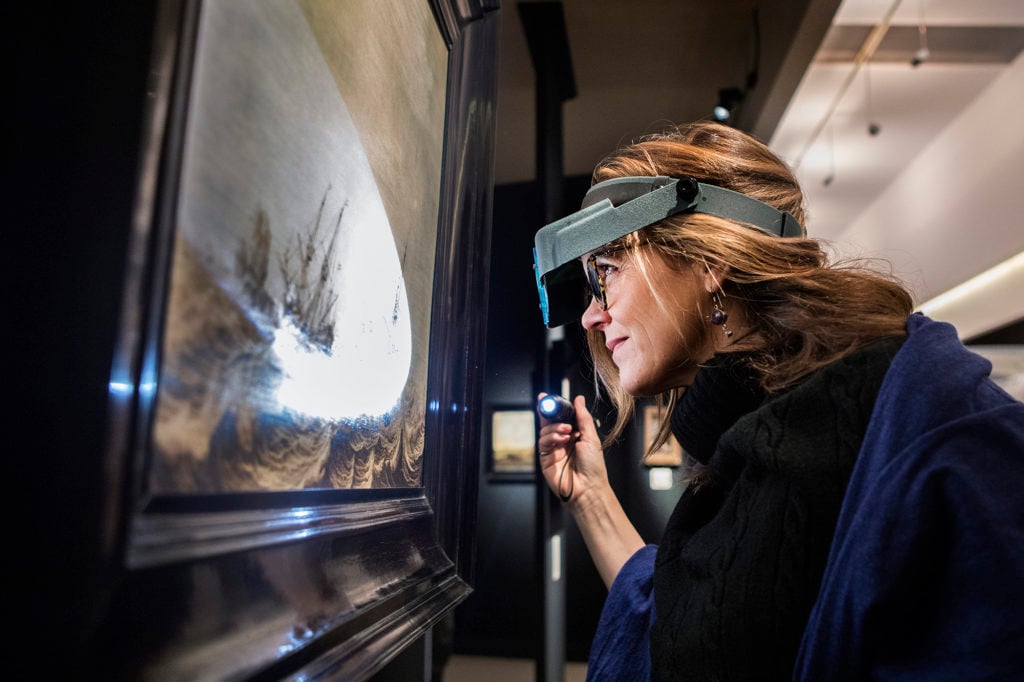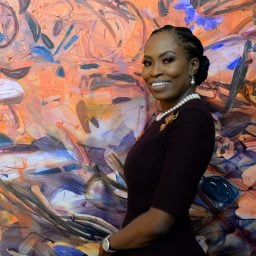I’ve always been amazed that the international art market functions as well as it does given how little it is regulated. Sure, bad actors appear from time to time. But when it comes to the secondary market, issues often arise from dealers, auction house personnel, and collectors alike simply not being as knowledgeable as they should be. Sellers hawking forgeries are not necessarily trying to pull a fast one—many simply don’t know how to differentiate between the real and the fake. And until everyone who buys and sells art is required to secure a license to practice art dealing, these sorts of potholes are bound to come up.
There’s a Niagara of misinformation out there—but research can go a long way in helping art-market actors avoid them. Below, I have compiled a brief checklist of major 20th century artists who have a particularly tricky subset of their oeuvre that requires special care and attention. Collectors should consider the following tips when examining these specific bodies of work. As the saying goes, “Forewarned is forearmed.”
Francis Bacon — You almost never see Bacon forgeries; his style and skillful brushwork are too hard to replicate.
John Chamberlain — Though not plentiful, impersonations of the artist’s small-scale assemblages of twisted metal are gradually cropping up. Beware of configurations that are too symmetrical.
Joseph Cornell — Fake boxes tend to be decorative and over-stuffed with objects. They lack the elegant restraint Cornell was known for.
Willem de Kooning — Collectors need to beware of phony abstract female figures—not the classic women from the early 1950s, but the more abstract images from the 1960s.
Richard Diebenkorn — Here we have a situation that is largely confined to bogus “Ocean Park” works on paper—the canvases remain a safe bet.
Sam Francis — Beware of paintings on paper, including the “Floating Islands” (1950s) and “Blue Balls” (1960s) series, some of which Francis is said to have actually painted at a much later date.
Helen Frankenthaler — Be on the lookout for unstretched and unprimed canvases whose compositions are overly lavish.
Keith Haring — At any given time, there’s a plethora of Haring forgeries circling the global art market. The most commonly faked images are crawling radiant babies, barking dogs, and subway drawings.
Robert Indiana — Predictably, Indiana fakes are almost always connected to his famous “Love” icon.
Franz Kline — Kline’s black ink brushstrokes on paper are a minefield. Pay extra attention to works executed on old telephone book pages.
Roy Lichtenstein — Virtually every Lichtenstein fake painting is derived from his “Comic Book” imagery, with a particular emphasis on blonde female figures. Take a close look at the blondes in his colored pencil drawings, too.
Agnes Martin — Interestingly, Martin fakes are among the most rigorously executed forgeries that come onto the market. Her ethereal lines and pale watercolor brushstrokes are meticulously laid down on canvas (and paper)—but her spirit can never be duplicated.
Joan Mitchell — So far, the paintings don’t appear to be a problem. But keep a lookout for pastels that appear unusually colorful (read: decorative).
Robert Motherwell — The biggest offender in Motherwell’s oeuvre are imitations of his signature “Elegy” series, where fakes can run the gamut from small studies to major canvases (and everything in between).
Georgia O’Keeffe — Approximately 90 percent of O’Keeffe forgeries involve close-ups of flowers. The other 10 percent are purported early watercolors from the 1910s depicting landscapes and nudes.
Jackson Pollock — By far, the most common Pollock forgeries are classic “Drip” paintings; it’s as if he did nothing else in his career.
Mel Ramos — While Ramos fakes aren’t plentiful, there are instances of early, thickly painted works from his “Superheroes” series making an appearance. Oddly enough, you don’t see his trademark female cheesecake nudes counterfeited much at all.
Robert Rauschenberg — Rauschenberg forgeries are largely confined to his seminal “Combines”; counterfeiters love to slather paint over found objects attached to wooden boards.
Mark Rothko — Needless to say, Rothko forgers specialize in his mature floating “Cloud” iconography. Strangely enough, they almost always render three hovering cloud forms; rarely two.
Bill Traylor — Counterfeiters of Traylor’s work intentionally seek out old pieces of cardboard and use their backsides to paint images of dogs, cats, and human figures—which are inevitably far more stylized than the real thing.
Richard Polsky is the owner of Richard Polsky Art Authentication, which specializes in authenticating the work of seven artists: Andy Warhol, Jean-Michel Basquiat, Keith Haring, Roy Lichtenstein, Jackson Pollock, Georgia O’Keeffe, and Bill Traylor.








